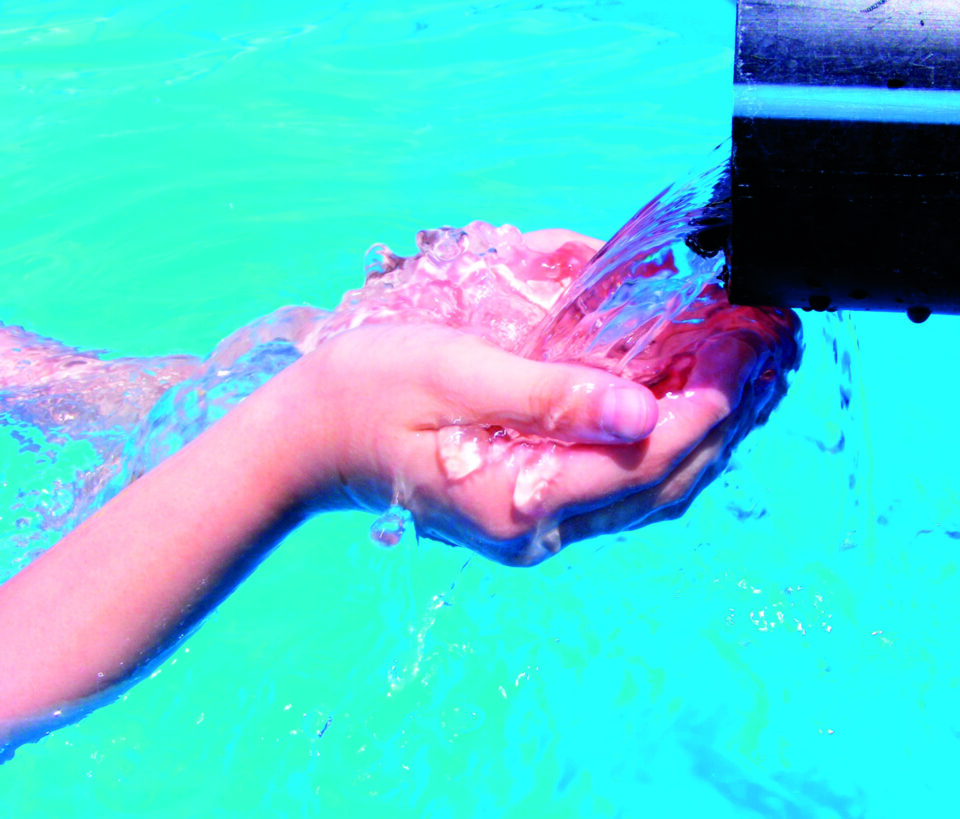Given the importance of water there has been an increasing regulatory focus in recent years to manage its continuous quality and quantity. By Tim McGuigan, Senior Associate, Wynn Williams.
Beyond the allocation of water rights within the consenting process, for many councils the increasing regulatory focus on water has meant a higher level of scrutiny applied to water-take consents to monitor compliance, particularly in circumstances where temporary restrictions are in place.
Where non-compliance is detected and enforcement action contemplated, councils ought to be aware of the type of evidence that should be gathered in such cases.
By section 14(2) of the Resource Management Act 1991, no person may take water other than open coastal water unless expressly permitted by one of the prescribed activities in subsection (3).
Invariably, councils will need to consider obtaining evidence to establish:
- Notification of any temporary water take restrictions.
- The flow rate of a river where abstraction has occurred, including the accuracy of the gauging method used.
- The installation of water flow measurement equipment and verification of its accuracy.
However, the most critical evidence will often be telemetry data received by councils from the consent holder themselves, which will usually come from third party providers in circumstances where the data has been manipulated by software programmes.
The admissibility of such evidence is controlled by section 137 of the Evidence Act 2006. That section provides that:
- If a party offers evidence that was produced wholly or partly by a machine, device, or technical process;
- The machine, device, or technical process is of a kind that ordinarily does what a party asserts it to have done; then
- It is presumed on a particular occasion the machine, device, or technical process did what that party asserts it to have done, in the absence of evidence to the contrary.
In Asgedom v R ((2016) 28 CRNZ 70), the Court of Appeal observed that whether a machine, device, or technical process is of a kind that ordinarily does what a party asserts it to have done must itself be proven (although there is the potential for this fact to be judicially noticed).
Where an adequate evidential foundation is not laid to raise the presumption of reliability under section 137 of the Act, the evidence sought to be relied on will likely be ruled inadmissible.
In the context of enforcement action for unlawful takes of water, it is critical that councils distinguish between evidence that is stored within a database and accessed for reference purposes, and evidence that is generated or manipulated in some way by a device or software programme, which is often the case with telemetry data measuring water takes pursuant to a resource consent.
The pitfalls of not establishing the necessary evidential foundation for adducing a similar type of evidence was highlighted by the High Court in Scott v Otago Regional Council (HC DUN CRI-2008-412-17, 3 November 2008), where a computer software programme was utilised to calculate relevant catchment boundaries and land area.
In the absence of establishing the witness’ knowledge of the software programme that was used, how it functioned and its reliability, the High Court held that the calculations derived from that programme ought not to have been admitted. The inadmissibility of that evidence was sufficient to render the convictions unsafe.
Having regard to the evidential foundation that must be established to rely on the presumption afforded by section 137 of the Act, councils should turn their attention to considering whether the following types of evidence should be gathered:
- First, to rely upon the raw data obtained from water flow measurement devices it will often be necessary to obtain evidence to establish the accuracy of those devices, including evidence that the device is properly calibrated;
- Second, raw telemetry data will invariably be manipulated by a third party provider, which often converts raw data measuring water flow into a volumetric figure of actual water taken. The person’s knowledge of that software programme, its workings and its reliability should be led in evidence;
- Third, if any software programmes are used by councils to further manipulate any data received from third party providers, a similar process ought to be undertaken.
Often, water is least available when we need it the most, which necessarily imports a greater risk of non-compliance by consent holders regarding the take of water.
If councils are contemplating enforcement action for unlawful conduct, it is important that careful consideration is given to the type of evidence that should be gathered to ensure underlying data can be safely relied on.


